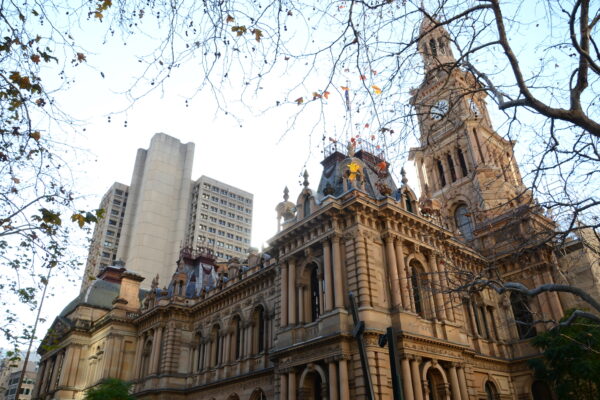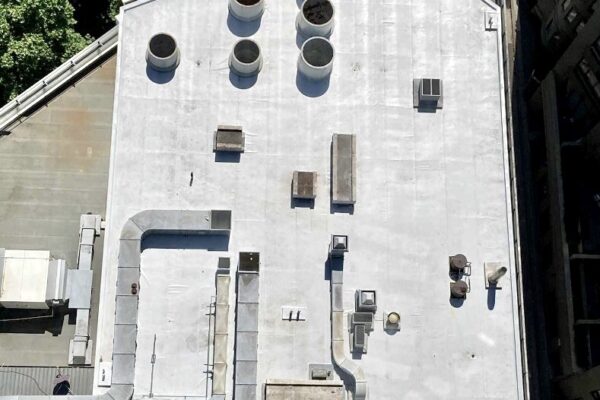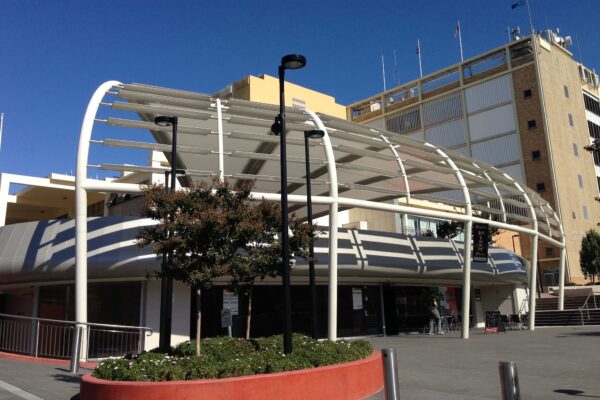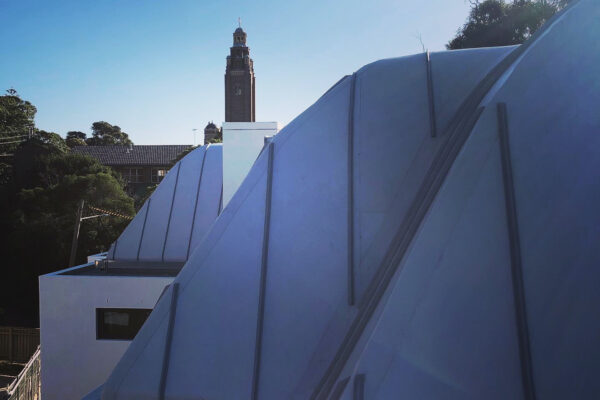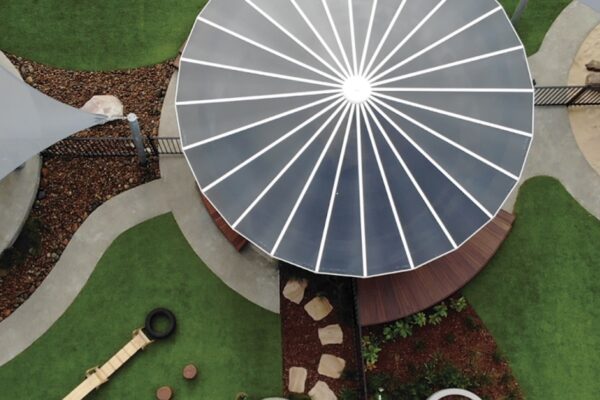Cosmofin has been successfully installed in the following areas:
Installation Information
- Roof Decks (exposed, ballasted)
- Green Roofs & Landscaped Areas (FLL Certified)
- Balconies (tiled, pavers on pedestals, timber decking)
- Terraces
- Basements
- Planter boxes (FLL Certified)
- Green walls (FLL Certified)
- Retaining walls
- Gutters
- Carpark and Driveway
- Under-slab
- Lift Pits
- Expansion joints
- Podium slabs
- Fountains and water features*
- Water detention tanks*
* Not suitable for potable water. If potability is required, refer to Wolfin.
The Cosmofin membranes can be applied on the following substrates:
- Concrete
- Timber
- Steel
- Masonry
- Blockwork
- CFC
- Old Bitumen Roofs
- Insulation Products
Cosmofin FGLL loose laid membrane can also be installed over a damp substrate.
Where Can Cosmofin Membranes Be Installed?
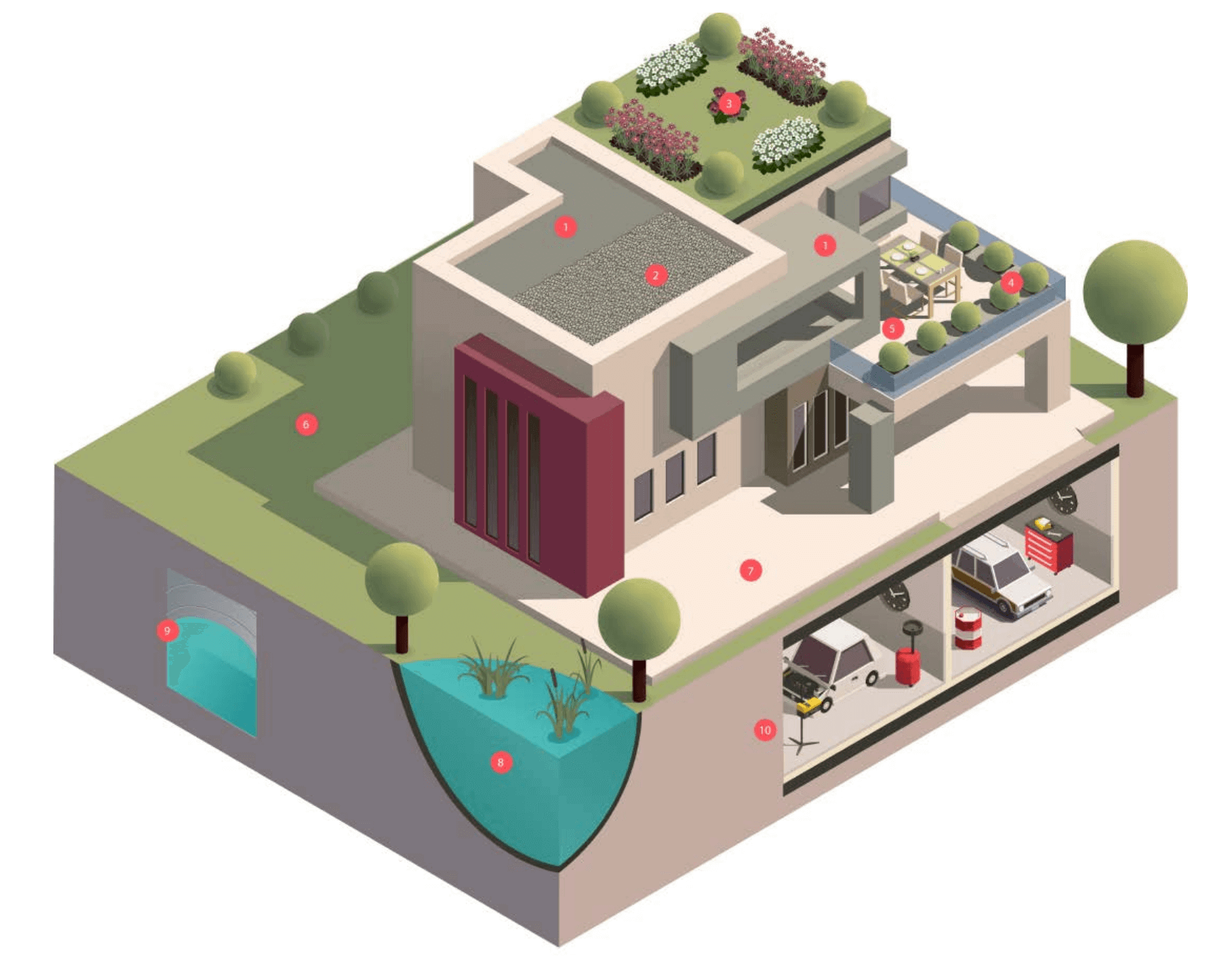
Types of Cosmofin Applications
Cosmofin Loose-Laid Application
Cosmofin Membrane FGLL can be used for loose-laid applications. This type of application does not require any adhesive and is typically used in areas such as:
- Lift-Pits
- Retaining Walls
- Planter Boxes
- Tanks
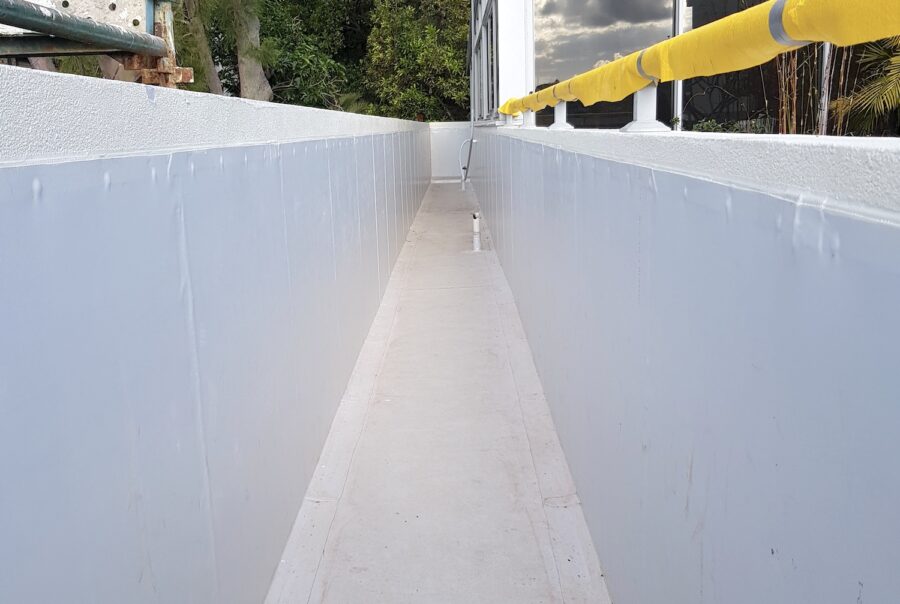
Cosmofin Strip-Bonded Application
The strip-bonded application is suitable for Cosmofin LLV membrane, specially developed to increase speed of installation. TK 400 is applied in approximately 30mm strip/beads to the substrate. This type of application can be used in areas such as:
- Rooftops (green roof or exposed)
- Balconies and Terraces
- Podium Slabs
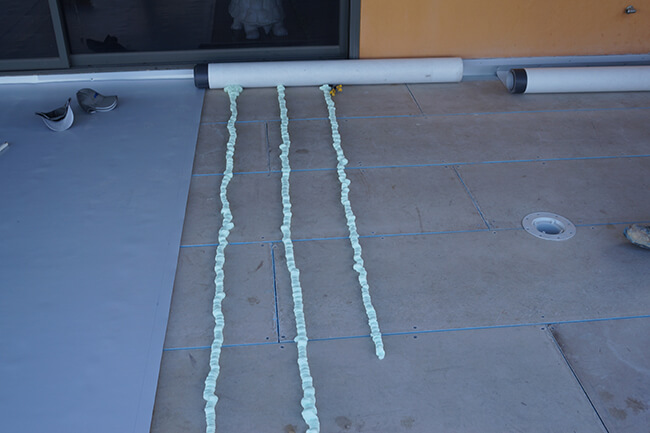
Cosmofin Fully-Bonded Application
Fully-bonded application is achieved using traditional glues and adhesives. Conctact Projex Group for recommended adhesives for the areas mentioned below:
- Rooftops (green roof or exposed)
- Balconies and Terraces
- Podium Slabs
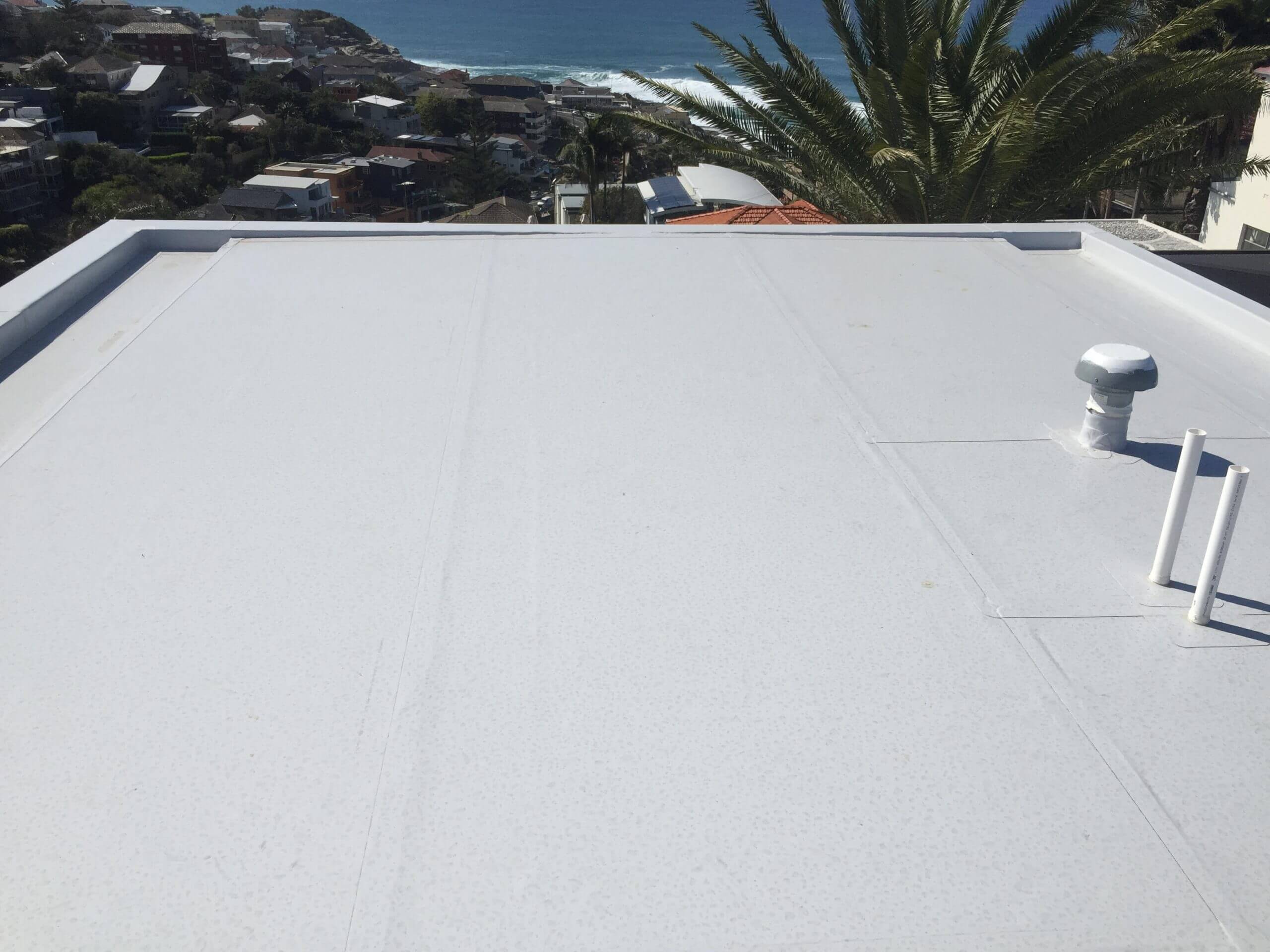
How to Install Cosmofin?
Step 1: Substrate Preparation
- All substrates to which the Cosmofin membrane is to be applied must be sound, smooth, clean, dry and free from the residues of any foreign material.
- Oil or bitumen residues must be removed (Except LLV).
- Check the existing bond and/ or compatibility before deciding to leave existing membranes in position.
- While laying the membrane, keep the substrate swept clean and prevent stones or debris from lodging under the membrane.
Step 2: Membrane Laying
- Set out the rolls so that they are used most economically, and the welds are minimised.
Step 3: Lap Welding
- Side laps: Overlap each roll a minimum of 50 mm and weld the full width.
- End laps: All as side laps.
- Multi lap junctions (capillaries): Where these occur they are to be welded tight. Sealants should not be used.
Step 4: Profile Fixing
- COSMOFINSTEEL profiles are supplied in 2 metres lengths. Space them 5mm apart and join with 50mm wide welded patches for the full girth of the profile. Fix all profiles 150-200mm centres.
Step 5: Edge Cutting
- All sheet or patch edges where the selvedge is cut away, should be dressed with Cosmofin Liquid so that they are “closed” against ponding water.
